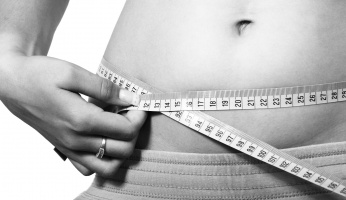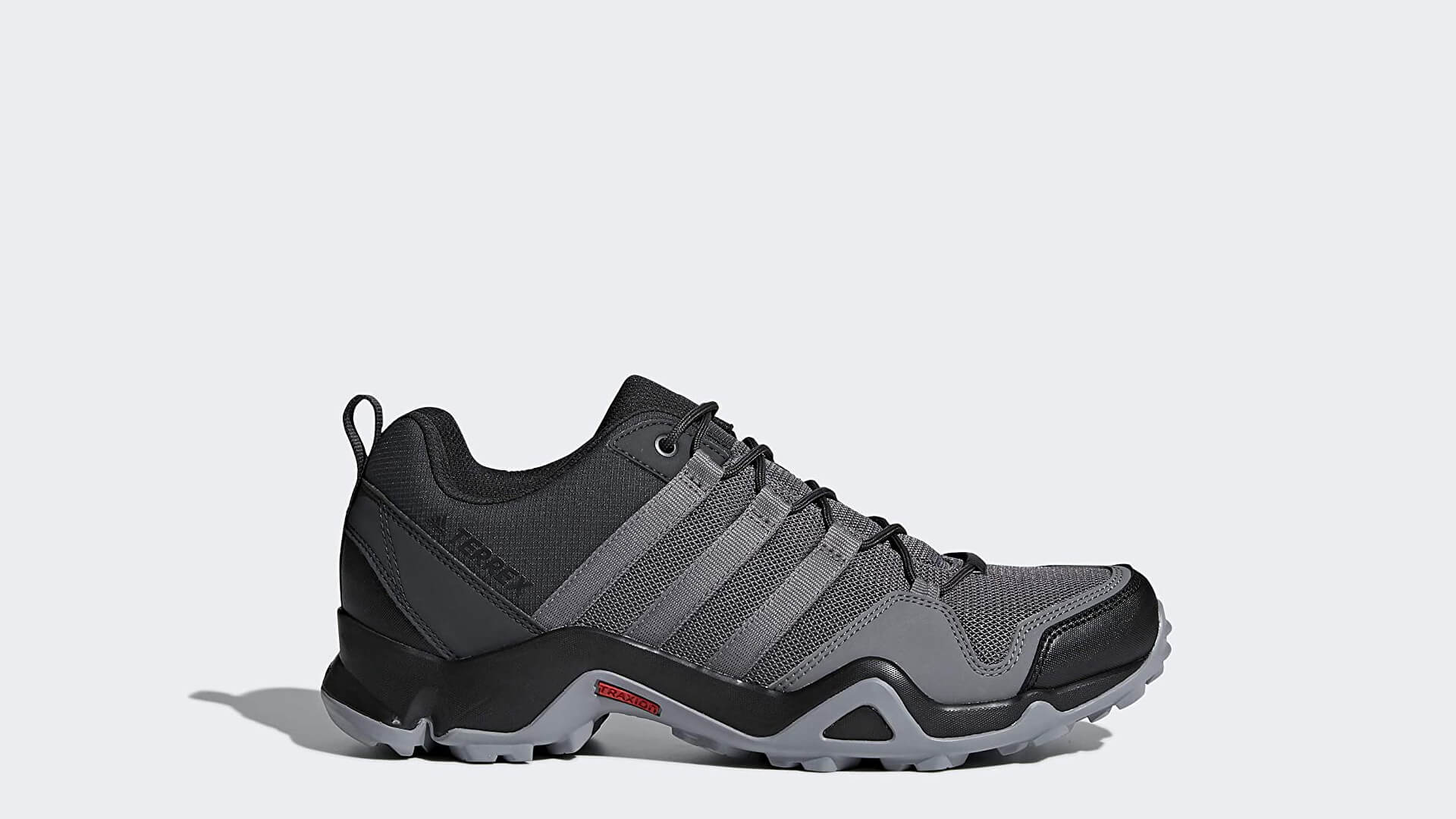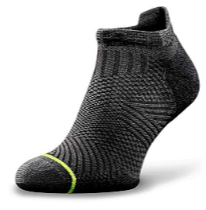Fast Facts: What Is Intermittent Fasting?
 Fast Facts: What Is Intermittent Fasting? www.walkjogrun.net
Fast Facts: What Is Intermittent Fasting? www.walkjogrun.net Intermittent fasting is the latest, and probably the greatest way to lose weight, improve your health, and cut down on your risk for chronic diseases.
It really is.
Intermittent fasting, which is more of an eating approach than a diet, was made popular in the 90s, but really didn’t take off until about five years ago.
Now, everywhere you turn, there is someone doing intermittent fasting—and seeing some pretty remarkable results.
Not only are you going to cut back on Father Time, but you may also cut down on chronic diseases, improve longevity, and lose a few pounds.
What Is Intermittent Fasting?
One thing you do need to remember about intermittent fasting is it’s not simply a diet.
It’s a healthy approach to eating that scientists, dietitians, and researchers are very happy about.
Not to be confused with your typical “diet,” intermittent fasting is a different approach to eating.
Here are some powerful benefits you may see from intermittent fasting:
- Improved mental clarity and concentration
- Weight and body fat loss
- Lower blood sugar and insulin levels
- Possible reversal of type 2 diabetes
- Increased energy
- Better fatty acid utilization
- Boost in growth hormone levels
- Lower blood pressure
- Lower total and LDL cholesterol
Intermittent fasting hasn’t always been the go-to diet. In fact, its popularity only started to soar–even though it’s been around since prehistoric times.
When cavemen/women roamed the earth, there were times with plenty of food, and times when they went without. So their bodies became very good at surviving with minimal calories.
However, as time went on, and society evolved, our need to gather food for long periods of time diminished.
In today’s society, food is available at all hours of the day, whenever you feel like having something.
A much different approach to prehistoric times, wouldn’t you say?
Now, since your body is not programmed to eat all the time, the influx of calories over time has resulted in weight gain.
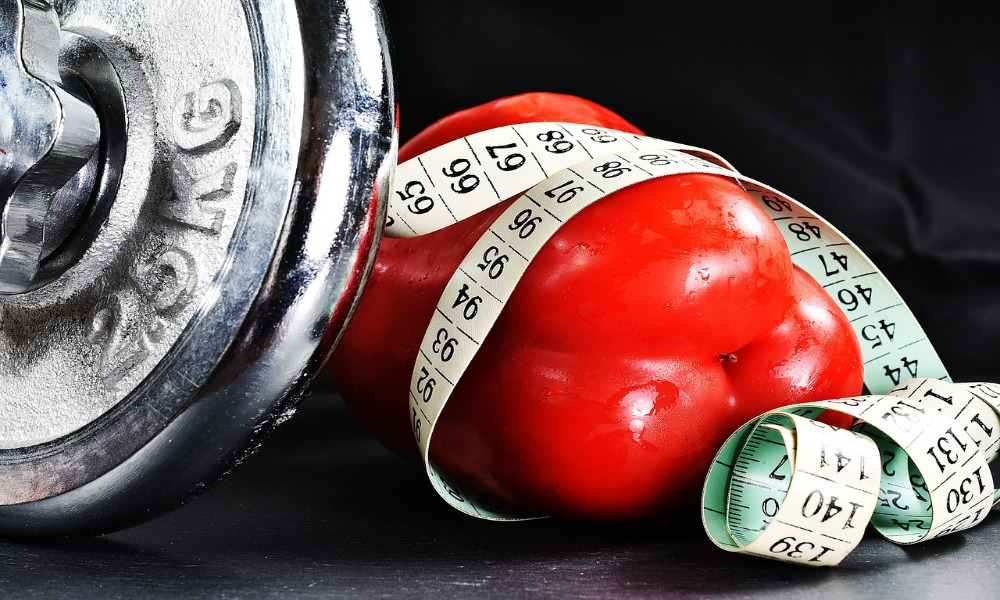
And, with the obesity numbers continuing to climb, it’s important to find a way to bring those levels back down and prevent the rise in chronic diseases.
That’s why the intermittent fasting approach has become so popular.
The Nuts and Bolts To Intermittent Fasting
Again, intermittent fasting is more of an eating plan than it is a diet. This approach, which naturally cuts calories, could be the easiest and simplest way to get in shape, lose excess weight, and cut down on disease risk.
Intermittent fasting involves two very specific windows: A fasting and a feeding window.
During the fasting window, you’re discontinuing eating for a set amount of time. It’s recommended that you refrain from eating or drinking anything with calories during this time.
The reason for this is simple: During this window, your liver shuts down, insulin levels drop, which allows your body to access your fat stores, repair damaged cells, and improve gene expression.
However, eating something with calories starts up your liver, which then puts your body into STORING mode.
Now, during the feeding stage, you’re free to eat whatever you want, as long as it is in the feeding window.
One note: Although this plan doesn’t tell you WHAT foods to eat (only when to eat them), consuming more calories during your feeding window may result in no change in weight or even weight gain.
The Intermittent Fasting Protocols
There are three different fasting protocols you can follow. They include:
16/8 Protocol (also called the leangains method)—the simplest, easiest, and most often used intermittent fasting protocol. You have a 16-hour fasting window, followed by an 8-hour feeding window. For example, you decide that you’re going to follow this approach. You pick between 1 and 9 pm as your feeding window. That means, from 9 pm to 1 pm the next day, you’re fasting, and only consuming water, black tea, or green tea.
Eat-Stop-Eat Method—During this protocol, you skip eating meals for 24 hours, once or twice a week. For example, after dinner, you wouldn’t eat again until dinner the next night. Although it sounds easy, this method is a lot harder than the 16/8 protocol.
5:2 Method—this method is quite a bit different. You eat 500 to 600 calories on two, nonconsecutive days. For example, you pick Sunday and Wednesday. You eat only 500 to 600 calories on those two days, then eat regularly for the remaining 5 days.
Although it may sound difficult to follow, it isn’t.
Intermittent fasting is a more natural approach to eating and one that your body can easily adjust to. In fact, your body may be more comfortable fasting than eating 5 to 6 small meals each day.
How Can Intermittent Fasting Boost Weight Loss?
For starters, intermittent fasting naturally reduces your calories. There’s a very good chance that you will miss one meal during the fasting window.
And this naturally reduces calories, which could result in weight loss.
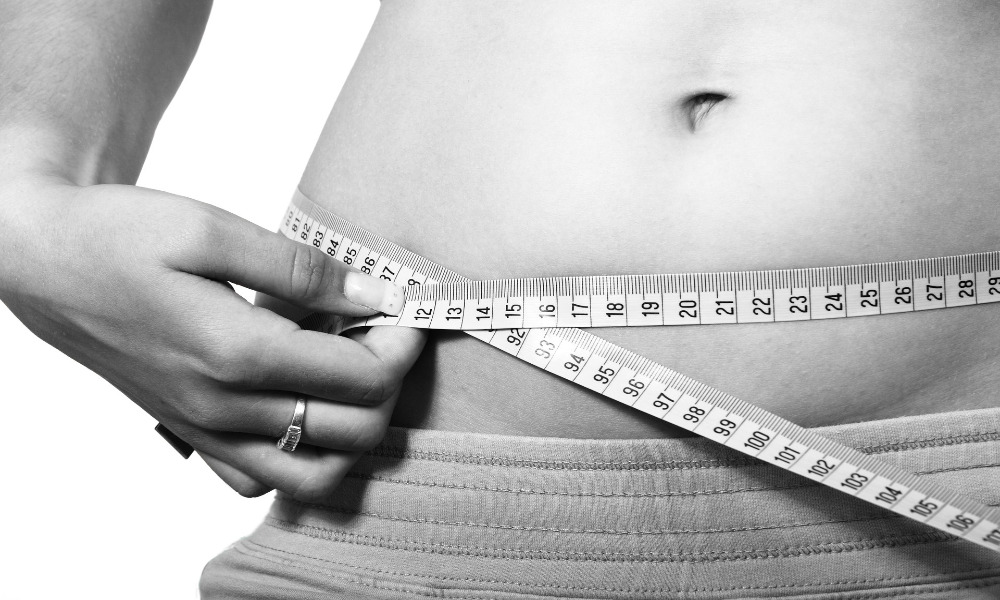
(If it’s not leading to weight loss, then it’s important to track the calories you’re eating to ensure you’re not going over your recommended calories).
This approach also stabilizes and, in some cases, lowers your hormone levels, which could be beneficial to weight loss.
What Fasting Does To Your Body
As previously mentioned, when your body is in the fasted state, certain hormones may drop, and other activities in your cells and body may increase.
And this could also enhance your weight loss and boost your health.
The fasting window adjusts hormones that make it easier for your body to use stored fat as a source of energy.
Hormones, like human growth hormone (HGH), may increase 5-fold, which could accelerate fat loss and build lean muscle mass.
But that’s not all–intermittent fasting may also enhance your relationship with insulin, which is very important.
Insulin, which is a powerful storage hormone, has been shown to decrease during a fast, allowing your body to use stored fat as a source of energy.
Insulin is also an important hormone for regulating blood sugar levels. When you eat, sugar in your blood starts to increase. Your body, sensing the increase in sugar, releases insulin to unlock your cells to allow the sugar to be stored or used.
However, when there is too much insulin, or when your body becomes insulin resistant, it cuts down on your cells ability to utilize insulin, leading to higher blood sugar.
Your body is unable to recognize insulin, preventing your cells from using it. Your body is then forced to release more insulin, to try to force the unlocking of your cells.
As more insulin is produced, the body becomes even more resistant, which could burn out your pancreas, prevent insulin production, and increase blood sugar. This often leads to type 2 diabetes, a disease that could further your health risk.
During fasting, however, your body becomes more sensitive to insulin, which allows your cells to utilize blood sugar as a source of energy.
This is very important for fat loss. As your cells become more sensitive to insulin, your cells open up and allow stored fat to enter your bloodstream, to be used as a source of energy.
The fasting window may also increase the strongest, most potent fat-burning hormones around—norepinephrine. Norepinephrine could unlock fat deposits in your cells, allowing them to be used for energy.
During the fasting window, there is also an increase in cellular repair and the autophagy process.
Autophagy, an important biological process, is when your cells identify and digest damaged or dead cells, as well as dysfunctional proteins.
This is also an important time where cells increase gene expression, which could improve longevity, and reduce the risk for chronic diseases.
What You Can Eat (and Drink) During Your Intermittent Fast
During the feeding window, you can eat whatever you want, within reason. However, if your goal is to lose weight, you may want to follow a more plant-based, lower-calorie type of diet plan.

The reason for this is simple: Weight loss involves eating fewer calories than your body is used to burning. Even though you naturally eat less during an intermittent fasting approach, eating the right kind of foods could do wonders for all systems in your body.
However, during the fasting portion of the plan, eating and drinking are quite different.
It is often recommended to have ZERO calories during your fasting window to keep your liver at rest and prevent storing nutrients, as opposed to burning them.
So what can you have during your fasting window?
These are often highly recommended:
Clear Liquids
This is by far one of the most common liquids to include while intermittent fasting. Even though it lacks in calories and nutrients, it makes up by keeping you hydrated.
And keeping you hydrated often squashes hunger and keeps that full feeling through your fasting window.
The best clear liquid is water. It contains zero calories and keeps you well hydrated throughout the day. Water also takes up space in your stomach, leading to a boost in satiety.
Some people add a splash of lemon to water to add some flavor. However, be careful as lemon juice contains calories.
And these calories could shift you out of the fasted state, therefore preventing you from making gains in weight loss, heart health, or brain health.
Soups
The fasting window is a great time to let your body heal, repair, and replace damaged cells. It is also a period when weight loss (or fat loss) may be accelerated due to lower hormones.
Some may need a little bit of nutrition during this time, just to make it through. That’s where soups and broths come in handy.
They both contain the nutrients your body may need to aid the repair process, or even accelerate fat loss.
Plus, soups and broths may also ease stomach discomfort (from fasting) and could aid in digestion.
Just like water, soups and broths (which contain plenty of water), may also boost satiety, therefore keeping you full and satisfied through your fasting window.
The only issue with soups and broths is calories. If you do use soups and broths, be careful to watch your calorie intake to prevent leaving your fasting window.
Coffee and Tea
Coffee and tea both contain potent antioxidants that could improve your health and reduce levels of inflammation.
And they are perfect to include during your fast. However, things to keep in mind: Both contain caffeine (although coffee has more). This caffeine, when taken on an empty stomach, may cause stomach aches and a racing heart rate.
If you’re sensitive to caffeine, it may be best to stick with water as your go-to source for staying hydrated.
Also, if you do choose to drink tea or coffee, it’s important that you drink it plain, without added sugar, creamers, or artificial ingredients.
Creamers and sugar contain calorie, which again, could kick you out of the fasted state. Artificial sweeteners may also raise blood sugar, which could make you move from fasted to the fed state.
Who Can Benefit From Intermittent Fasting?
To answer this simply: Everyone may benefit from intermittent fasting. However, there are some studies that show women may have a harder time with intermittent fasting.
One study suggests, although intermittent fasting may work to improve insulin sensitivity, it may only occur in men, while women showed a worsening of blood sugar control.
Also, there may be anecdotal evidence that shows that intermittent fasting may disrupt menstruation. Once the subjects returned to normal eating, menstruation went back to normal.
For this reason, women should be careful when intermittent fasting, ease into the protocols and cease intermittent fasting is menstruation is disrupted.
What is Intermittent Fasting?
Intermittent fasting is the latest diet plan taking the world by storm. With promises of greater weight loss, improved lean muscle mass, reduced risk for chronic diseases, and a longer life expectancy, there are many who have jumped on the program.
Not your typical diet, intermittent fasting is more of an eating approach involving a fasting and a feeding window.
Although there may be many different protocols, the most popular protocol is the 16/8 method—also called the Leangains method.
Understanding the fasting and the feeding window, and what is appropriate to eat and drink during these periods, is crucial to your long-term success.
The wrong type of food or drink in the fasting window could stimulate your body, forcing you out of your fasting window and into the feeding window.
If you’re looking for a simple and effective way to get in shape, then consider the intermittent fasting plan to the one the easiest and most popular way.
References:
- Mattson MP, Wan R. Beneficial effects of intermittent fasting and caloric restriction on the cardiovascular and cerebrovascular systems. Biology Medicine. 2005.
- Patterson RE, Laughlin GA, Sears DD, LaCroix AZ, Marinac C, Gallo LC, Hartman SJ, Natarajan L, Senger CM, Martinez ME, Villasenor A. INTERMITTENT FASTING AND HUMAN METABOLIC HEALTH. J Acad Nutr Diet. 2015 Aug;115(8):1203-1212.
- Heilbronn LK, Civitarese AE, Bogacka I, Smith SR, Hulver M, Ravussin E. Glucose tolerance and skeletal muscle gene expression in response to alternate day fasting. Obes Res. 2005 Mar;13(3):574-81.
- https://www.healthline.com/nutrition/intermittent-fasting-guide#who-should-not





